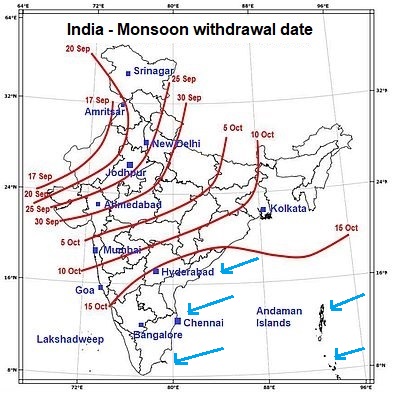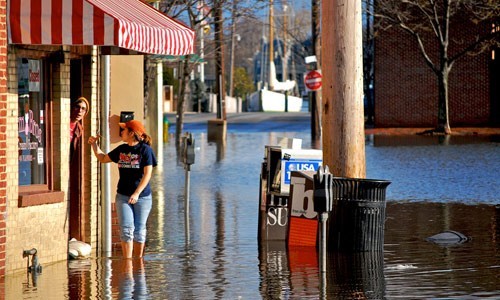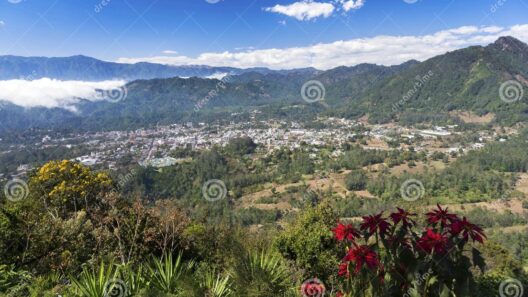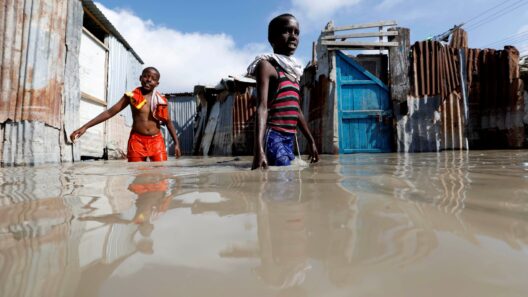India, a land of stunning contrasts and vibrant cultures, boasts an array of climatic zones that shape its diverse ecosystems and lifestyles. The climate across the subcontinent can be broadly classified into several categories, primarily characterized by the seasonal monsoon, temperate regions, and other local climatic variations. An understanding of India’s climate is essential not only for local inhabitants but also for travelers, environmentalists, and policymakers who are grappling with changes brought about by climate change.
The climatic conditions in India can be attributed to its vast scale and geographical diversity. From the snow-capped peaks of the Himalayas to the arid expanses of the Thar Desert, the nation encapsulates a broad spectrum of biomes, each with its unique weather patterns. Regions exhibit diverse temperatures, humidity levels, and precipitation rates which contribute to India’s overall climatic fabric.
At the forefront of Indian climate is the monsoon. The Indian subcontinent experiences a distinct monsoon season, which typically occurs from June to September. This crucial weather pattern results from the southwest winds bringing moisture-laden air from the Arabian Sea and the Bay of Bengal. The monsoon is a harbinger of life, critical for agriculture as it replenishes rivers, lakes, and groundwater reservoirs. The rainfall during this season primarily influences the agrarian economy, which relies heavily on these water resources for sustenance.
However, the monsoon is not uniform across the nation. Regions such as the Western Ghats and northeastern states receive abundant rainfall, while others, like the interior parts of the Deccan Plateau, may experience scanty precipitation. In states like Kerala and Assam, the abundant monsoonal rains transform the landscape into lush greenery, fostering biodiversity. Conversely, in regions such as Rajasthan, the same weather pattern might lead to drought-like conditions due to the deflected moisture currents. Hence, the intricacies of the monsoon underscore a complex interplay between geography and climate.
Following the monsoon is the winter season, which spans from November to February. During this period, temperatures drop significantly, particularly in northern India where snowfall occurs in the mountainous regions. The northern plains experience cooler temperatures, ranging from mild to chilly, while southern India remains relatively warm. The winter season is significant for many cultural and agricultural practices, as it marks a time of harvest and celebration.
As we move into the summer months of March to June, India experiences a noticeable shift in climatic conditions. The heat intensifies, particularly in the northern and central plains, where temperatures can soar to exceeding 45°C (113°F). The oppressive heat drives many communities to seek cooler regions or the respite of monsoon rains that are to follow. This increasing temperature not only affects human activities but also raises questions about the impacts of climate change, with prolonged heatwaves and erratic weather patterns becoming more common.
In addition to the monsoonal influences, the geographical features of India introduce significant local climates. The development of the Himalayan ranges creates distinct climatic zones, leading to variations in temperature and precipitation. As one ascends the mountains, the climate transitions from subtropical to alpine, showcasing glaciers and snow-covered peaks. The eastern slopes of the Himalayas are characterized by subtropical highland climates, while the western slopes may feature temperate conditions. This rich climatic diversity bolsters varied flora and fauna, such as the endemic species found in the biodiversity hotspots of the Western Ghats and Eastern Himalayas.
Moreover, regions like the Thar Desert exemplify India’s climatic extremes. Hot and arid, the desert experiences stark temperature fluctuations, with blistering heat during the day and chilling cold at night. Vegetation here is sparse, adapted to thrive in extreme conditions. Traditional practices and lifestyles of the desert-dwelling communities demonstrate resilience in the face of climate adversity, highlighting the profound connection between the land and its people.
Coastal climates are another facet of India’s diverse climate system. The coastal regions of India, including the states of Goa, Maharashtra, and Tamil Nadu, experience a humid tropical climate. These areas witness comparatively moderate temperatures year-round, though they receive heavy rains during the monsoon season. The coastline supports rich marine biodiversity and forms an essential part of the economy through fisheries and tourism, but it is also a region at risk from rising sea levels and intensified cyclone events due to climate change.
In recent years, the effects of climate change have increasingly permeated the dialogue surrounding India’s climate. Erratic rainfall patterns, prolonged droughts, and severe cyclonic disturbances pose a direct threat to agriculture, water resources, and the overall ecological balance. Agricultural adaptations and sustainable practices are crucial in addressing these challenges while maintaining food security for the burgeoning population.
Above all, understanding the climate of India—from the nurturing monsoon rains to the serene snow-capped peaks—offers invaluable insights into the intricate connections between humans and their environment. It calls upon each of us to recognize our role in safeguarding this rich climatic heritage, promoting sustainability, and adapting to the inevitable changes that lie ahead.
In conclusion, the diverse climatic profile of India is not merely a backdrop to its cultural and ecological richness; it is a vital, living component that influences every aspect of life. The monsoon, the winter, the sweltering summer, and the distinct local climates all interweave to form a tapestry of environmental interdependency that requires our attention and action for preservation. It is imperative that we foster a deeper understanding of these climatic nuances to engage with the pressing challenges posed by climate change effectively.








